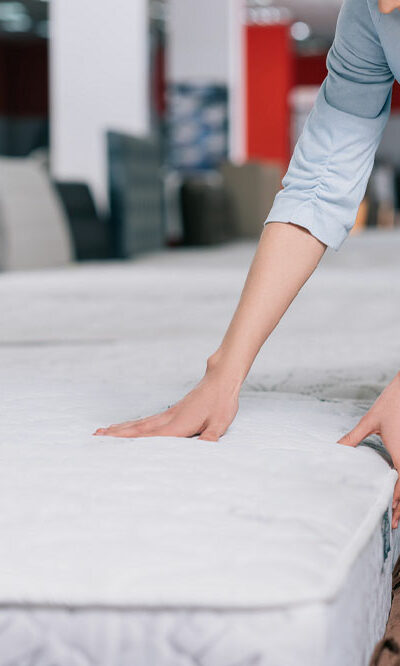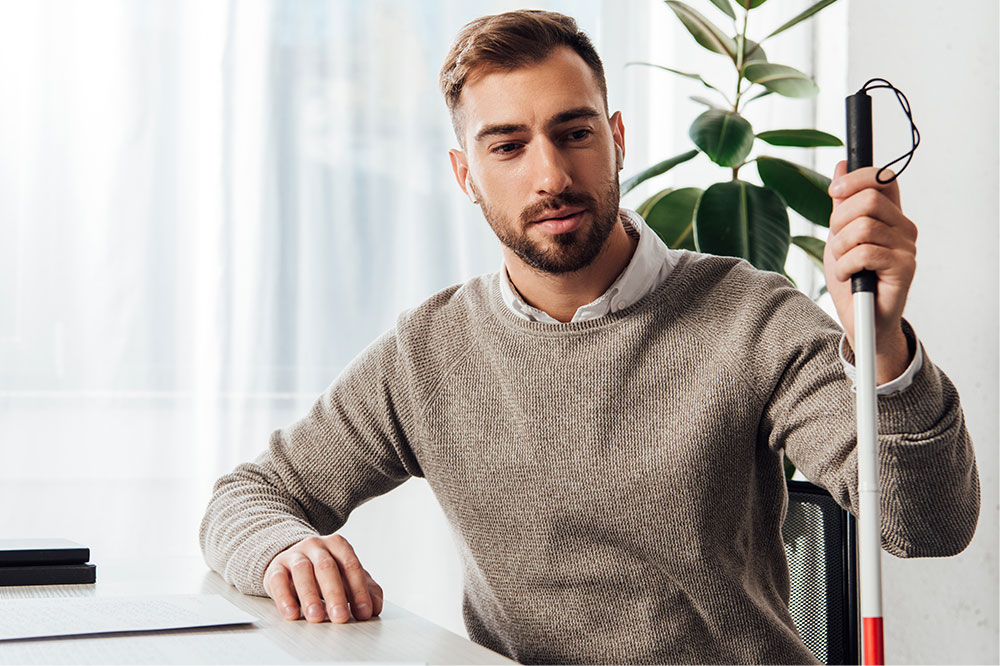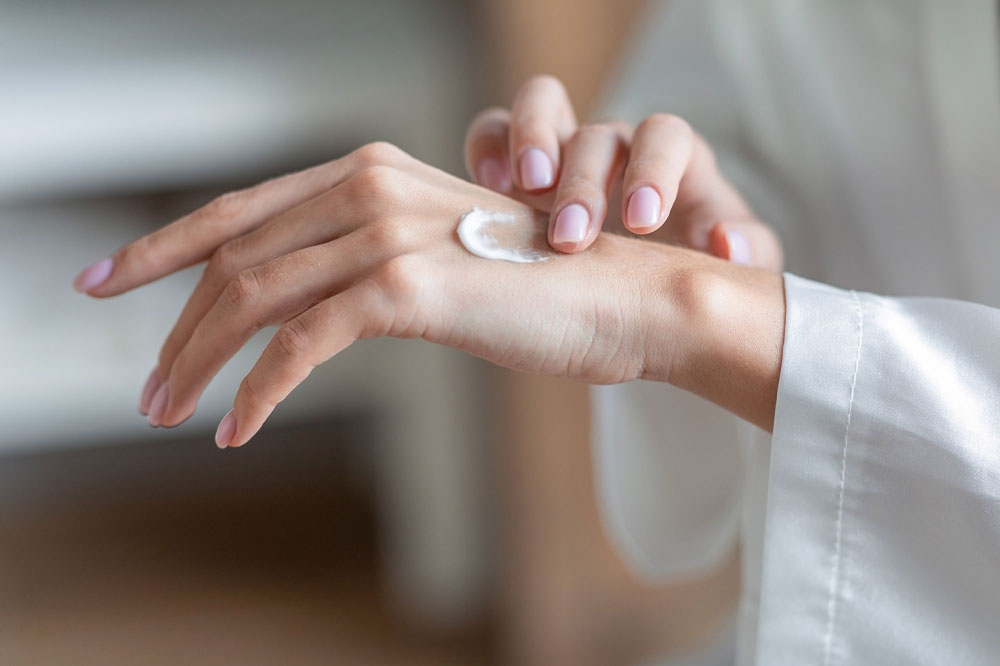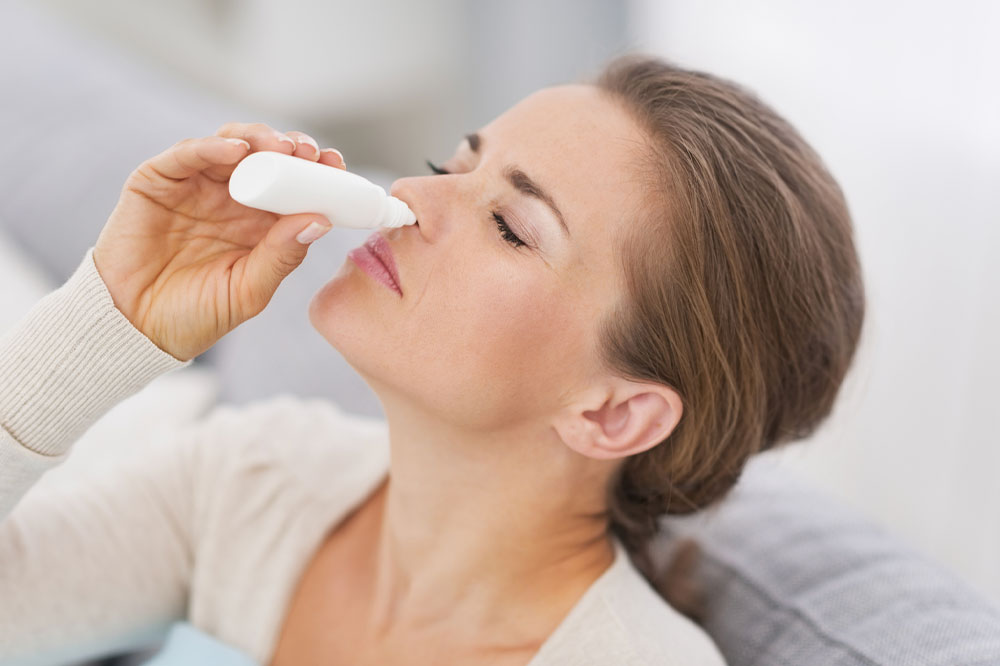5 Common Cleaning Mistakes To Stay Away From
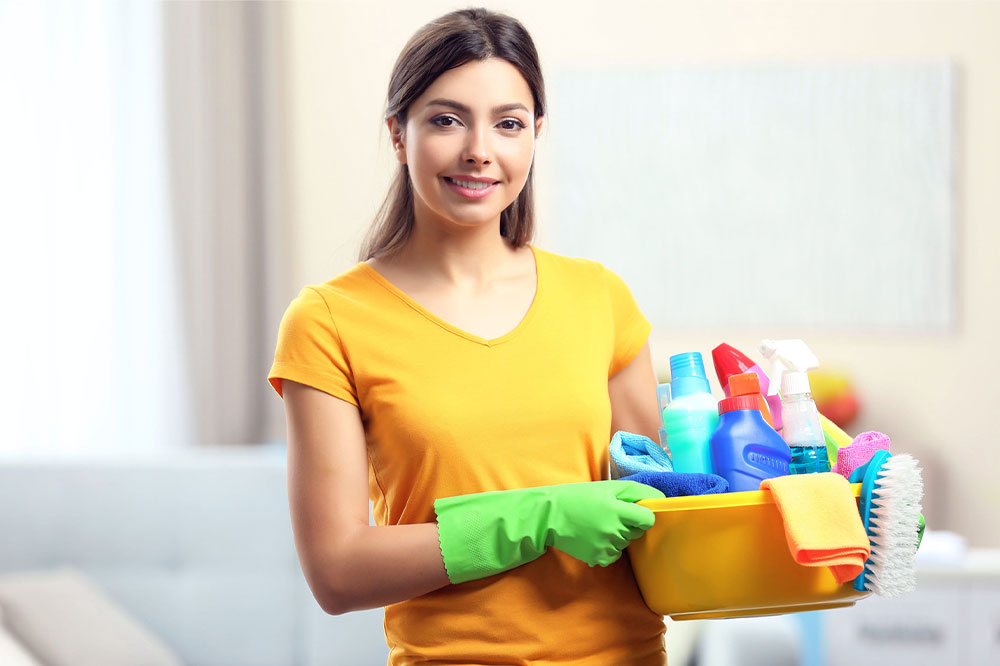
If you want your home or workplace to be sparkling clean and hygienic, there are certain mistakes you should avoid. From failing to use the right cleaning products to forgetting about hard-to-reach places, ignoring many small details can ruin an otherwise perfect job. This article will discuss the 5 common cleaning mistakes people make when tidying their space. Read on to learn how to avoid these mistakes to accomplish shiny cleaning results.
5 common cleaning mistakes to avoid
Using too many cleaning products
It is a common misconception that using more cleaning products will make the cleaning tasks more effective. However, using too many cleaning products can do more harm than good. It can leave a residue that can attract dirt and grime, making your surfaces look dull and dirty. Additionally, using too much of a cleaning product can cause damage to certain surfaces, such as wood or granite.
Cleaning products typically contain harsh chemicals (such as sulfates and chlorine) and artificial fragrances that can damage indoor air quality, leading to respiratory problems such as asthma or bronchitis. Furthermore, cleaning supplies near food preparation areas can contaminate surfaces and transfer them to edibles. It can result in health issues such as food poisoning or acute toxicity exposure (adverse health effects from prolonged chemical exposure).
Therefore, you must be mindful of using cleaning products and know that less is often more. When possible, switch strong chemical cleaners for milder alternatives such as baking soda, vinegar with water, Pinesol disinfectant, or Clorox pinesol.
Not cleaning the cleaning tools
It’s important to clean your cleaning tools after each use. If you don’t clean your cleaning tools, they can harbor bacteria and germs, which can be transferred to other surfaces. Rinse your cleaning tools thoroughly and let them dry completely before storing or reusing them. Cleaning the tools is important to maintain health and cleanliness in your home.
Clean your cleaning tools regularly to prevent them from being clogged with dust, dirt, and grime, making them less effective at cleaning. Furthermore, it could contaminate areas you are working hard to clean.
Not following directions
Cleaning products such as Clorox pinesol and Clorox forceflex glad come with specific directions for use, and it’s important to follow them. Not following directions can make the cleaning product less effective, and it can also cause damage to surfaces. Not following directions may cause harmful side effects such as eye and skin irritation or difficulty breathing. It’s important to ensure you use the right product and follow the directions correctly to get maximum protection and optimum cleaning result without any dangerous effects. This includes knowing which home disinfectant suits your specific needs and using the right amount and dilution of the concentrated product.
Cleaning in a haphazard manner
Cleaning haphazardly can be less effective and lead to a much messier situation. Create a cleaning plan and follow it to clean all areas thoroughly. Start from the top, work your way down, and clean each area before moving on to the next. Additionally, you may create a checklist of tasks that must be done each day, week, and month to help you stay on top of cleaning and organization.
Not calling for professional help
Some stains seem impossible to clean, and some corners seem impossible to reach. The wise decision is to hand it over to experts at such times. Hiring a reputable professional cleaning service such as Servpro cleaning services can save you hours of tedious work. Professional cleaners possess the necessary tools and techniques for an effective cleanup, leaving your home squeaky clean. Moreover, these services don’t have to be expensive or inconvenient. On the contrary, many companies provide rate plans that perfectly fit your home’s needs.
A one-time deep clean or regular service—these experts can take all your cleaning stress away, building a healthy home environment for your family.
10 effective cleaning tips
Develop a cleaning routine
Set a regular home cleaning schedule and stick to it. This helps keep your home clean and reduces the amount of work you have to do.
Declutter
Start by removing items you don’t use or need. This will make it easier to clean and organize your home.
Use natural cleaning products
Many household cleaning products contain harsh chemicals that can harm your health and the environment. Instead, consider using natural cleaning products such as vinegar, baking soda, and lemon juice.
Dust regularly
Dust can accumulate quickly on any surface, so it’s important to dust your home regularly. Use a microfiber cloth to make surfaces dust-free.
Vacuum and sweep floors
Keep your floors clean by vacuuming or sweeping them regularly. This will help remove dirt, dust, and debris.
Clean the bathroom regularly
The bathroom is one of the most frequently used rooms in the home, so it’s important to regularly clean the toilet, wash basin, and shower.
Keep the kitchen clean
Clean your countertop, sink, and stove after each use to prevent the buildup of dirt and grime.
Wash bedding regularly
Bedding can accumulate sweat, dirt, and dead skin cells. Wash your sheets, pillowcases, and comforter regularly to keep them clean.
Organize your closets
Closets can become cluttered quickly. Thus, organize your clothes and shoes, and eliminate items you don’t need.
Sanitize regularly
You can use an all-natural room spray sanitizer when full-blown cleaning becomes cumbersome.
Cleaning is a never-ending task, but avoiding the above-mentioned five common cleaning mistakes can make it much easier. Reviewing your cleaning routine and habits is a great way to avoid common mistakes. It can save time, money, and effort while ensuring your cleaning efforts are productive. Small changes can go a long way, such as filling the sink with soapy water before washing dishes or rearranging furniture before dusting it for easier access. Following these simple tips and checking for common errors will ensure hassle-free cleaning. Finally, it is best to turn to professionals like Servpro Services, who can take care of tough tasks with quality results that last long-term.
